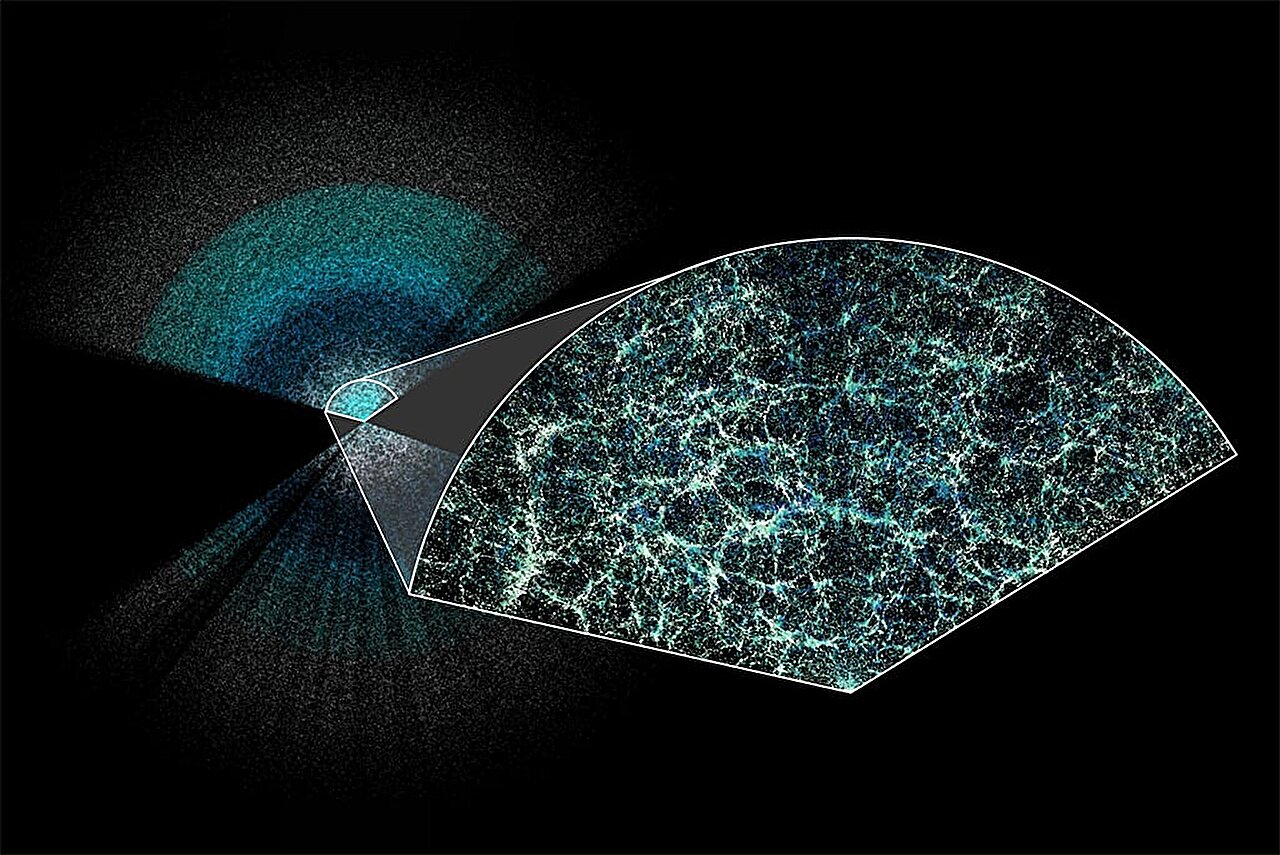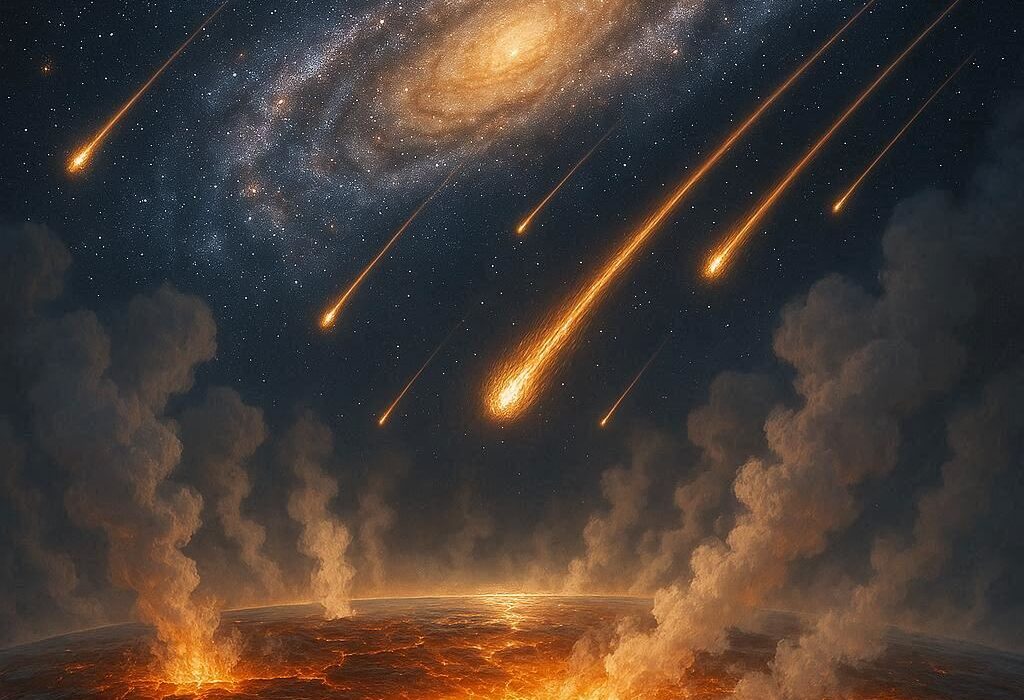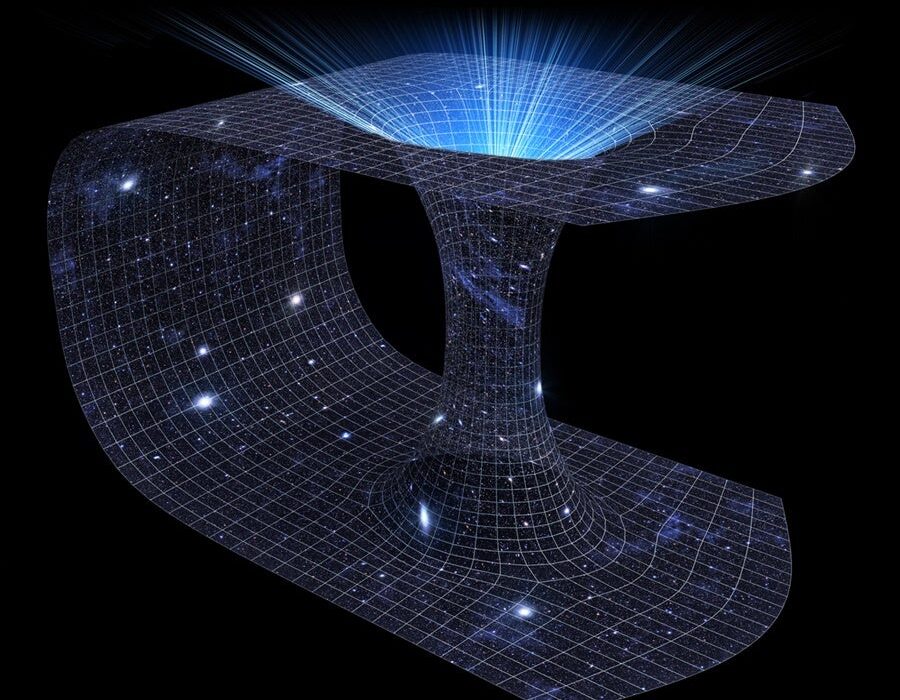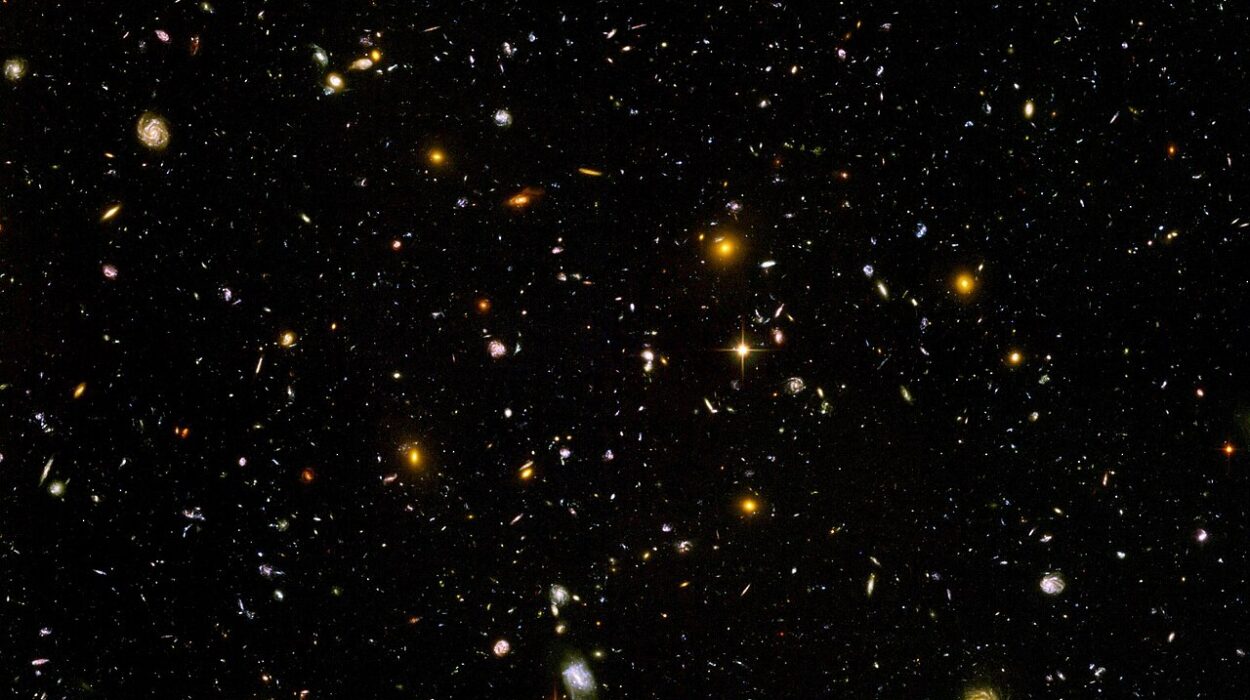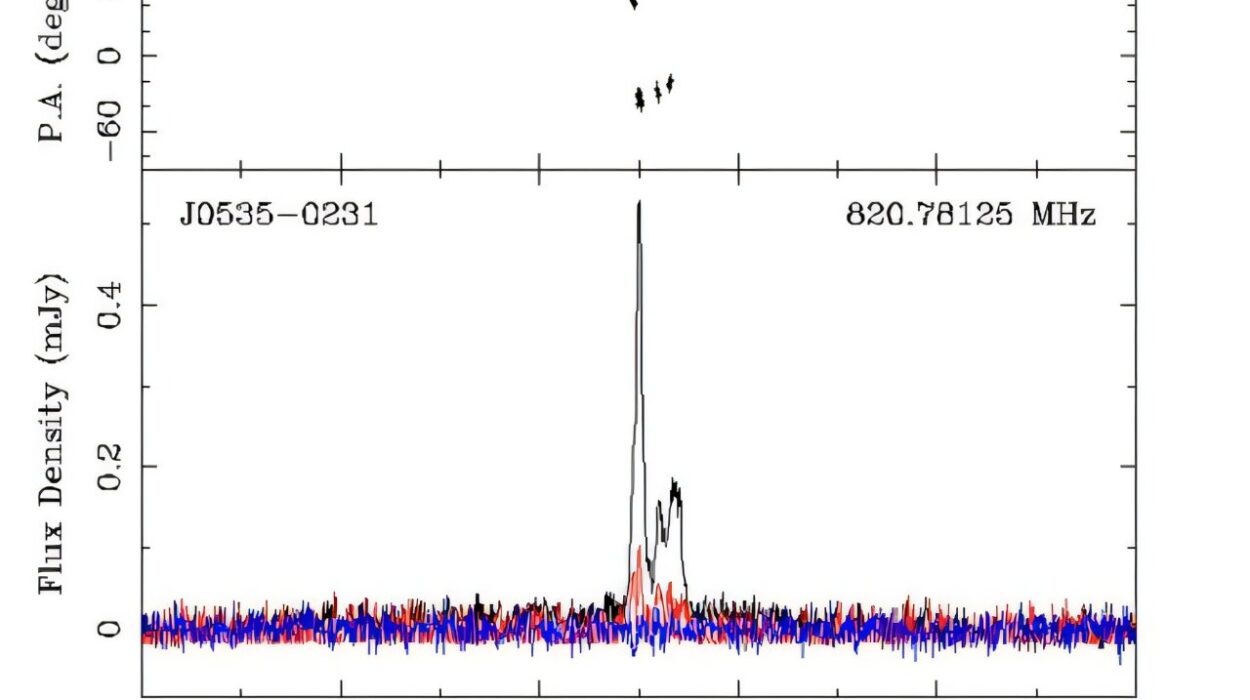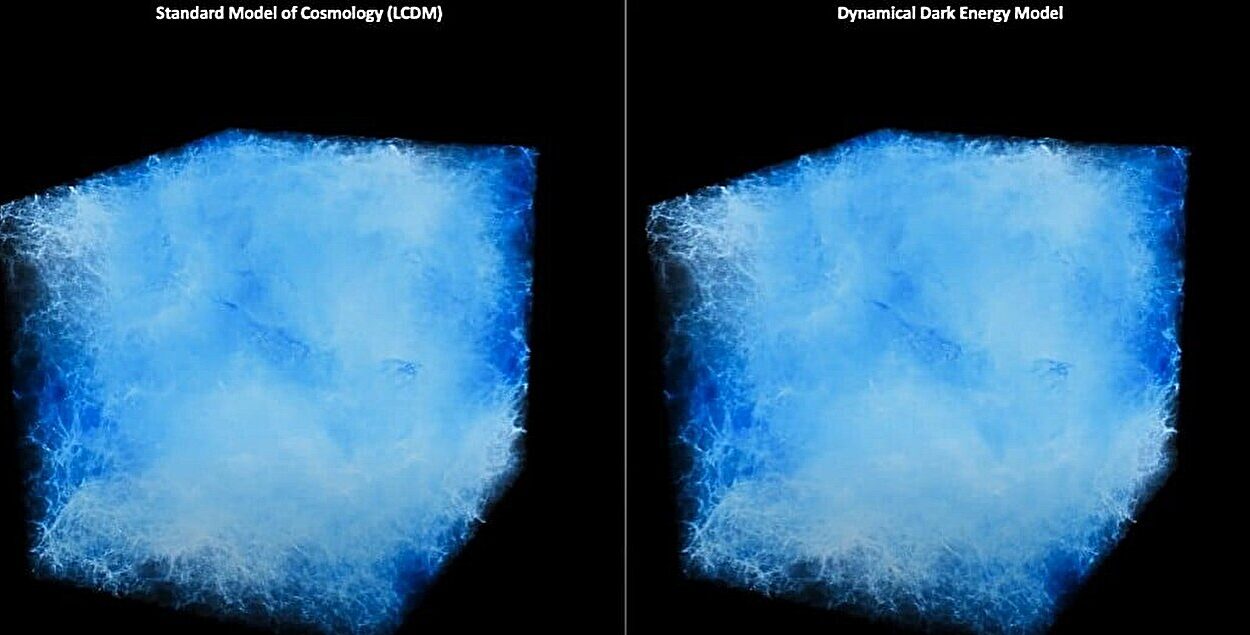At the heart of modern cosmology lies a beautiful, intricate tapestry woven from Einstein’s equations, precision observations, and our growing understanding of the universe’s past. Yet, a stubborn snag mars the pattern—a nagging inconsistency between how fast the universe is expanding now and how fast it should be expanding, based on what we know of its infancy.
This discrepancy is known as the Hubble tension, and it is no small matter. It threatens to unravel our standard cosmological model, the so-called Lambda Cold Dark Matter (ΛCDM) model, which has otherwise done an excellent job describing everything from the large-scale structure of galaxies to the afterglow of the Big Bang.
Simply put, when we measure the Hubble constant (the rate of cosmic expansion) using nearby observations—supernovae, Cepheid variable stars, and other local indicators—we get a value around 73–74 km/s/Mpc. But when we infer the same constant from the early universe, especially through exquisitely precise data from the cosmic microwave background (CMB) as observed by satellites like Planck, the number comes out lower—around 67–68 km/s/Mpc.
That gap isn’t shrinking. If anything, it’s getting more robust as new data pours in. And cosmologists are beginning to think something fundamental might be missing from our picture.
Enter the Dark Sectors
To address the Hubble tension, theorists have proposed a variety of creative, sometimes radical, possibilities. Maybe dark energy, the mysterious force driving the acceleration of the universe, evolves with time. Maybe general relativity, Einstein’s geometric theory of gravity, is incomplete on cosmic scales. Or perhaps time flows differently in different regions of the universe. There’s even the bold suggestion that the entire universe might be rotating, though this lacks serious observational support.
But a recent idea dares to tweak one of the most established assumptions in cosmology: what if dark matter evolves?
For decades, dark matter has been treated as a cold, inert component of the universe—a ghostly scaffolding that doesn’t interact with light but exerts gravitational influence on galaxies and galaxy clusters. It was seen as constant and unchanging, a cosmic background player that doesn’t evolve in any meaningful way.
But now, a new line of research proposes that not all dark matter is created equal. What if a fraction of it doesn’t just lurk in the background but pulses—oscillates—changing its properties subtly over time?
A New Twist: The Case for Evolving Dark Matter
This idea is explored in a recent paper posted to the arXiv preprint server, where researchers dive into the math and modeling of evolving dark sectors. The paper compares models with evolving dark energy versus models with evolving dark matter, and finds that the latter provides a significantly better fit to the array of cosmological observations we have today.
Here’s the crux: the universe’s expansion history is governed by the interplay between its various energy components—normal matter, dark energy, and dark matter. In standard ΛCDM, dark matter is considered to have a constant equation of state (EOS), meaning its pressure and energy density behave in a predictable, fixed manner. But in the proposed model, some fraction of dark matter has a time-varying EOS, essentially allowing its behavior to shift subtly over cosmic time.
This is where things get really intriguing. The idea is that about 15% of cold dark matter exhibits oscillatory behavior—its EOS isn’t flat but wiggles with time. The remaining 85% behaves like the standard cold dark matter we’ve come to expect. This hybrid scenario provides a remarkably good match to the cosmological data, and crucially, it can help reconcile the conflicting measurements of the Hubble constant.
Physics Behind the Wiggle: A New Kind of Particle?
Skeptics might raise a fair question: what could possibly cause dark matter to oscillate in this way?
The proposal isn’t entirely without precedent. In the particle physics realm, neutrinos—those elusive, nearly massless particles that flood the cosmos—are known to undergo mass oscillations. They shift from one “flavor” to another as they travel through space, a discovery that required physicists to revise the standard model of particle physics.
Although neutrinos are a form of hot dark matter, they don’t account for the bulk of the unseen mass in the universe. But what if cold dark matter particles, which move slowly compared to the speed of light, exhibit a similar oscillatory property—perhaps due to interactions with an unknown field or coupling with exotic forces?
This idea is admittedly speculative, but not outlandish. The standard model of cosmology was never meant to be the final word—it was always a work in progress. If dark matter isn’t a monolithic substance but instead a composite of several particle types, or one with internal structure that evolves over time, then oscillations in its behavior might be a natural consequence.
Mathematical Echoes in the Cosmos
The authors of the study built their model with this oscillating dark matter in mind and tested it against existing cosmological datasets, including measurements from the CMB, baryon acoustic oscillations (BAO), and type Ia supernovae. The results were compelling. Not only does the model alleviate the Hubble tension, but it also remains consistent with other key observables, such as the matter power spectrum and galaxy clustering data.
An important insight from their work is the degeneracy between evolving dark energy and evolving dark matter. Because both components influence the expansion rate of the universe, it’s challenging to distinguish them observationally. However, their effects are not identical, and with careful modeling, it becomes possible to separate the signatures.
In fact, the authors argue that the observed data slightly favor the oscillating dark matter model over its evolving dark energy counterpart. That’s a profound shift: for years, dark energy has been the focus of attention when it comes to cosmic acceleration. This new work suggests that maybe we’ve been looking in the wrong place.
Caveats, Skepticism, and the Road Ahead
To be clear, this model is a theoretical exploration—a “toy model”, as the authors themselves describe it. It doesn’t yet offer a specific particle candidate for oscillating dark matter, nor does it include predictions that can be readily tested in a laboratory. But it opens a door that’s been largely closed until now.
One reason evolving dark matter hasn’t gained traction is that dark matter works. Its gravitational effects are visible and well-modeled at galactic and intergalactic scales. Unlike dark energy, whose origin and mechanism remain almost entirely mysterious, dark matter has empirical weight behind it—pun intended.
So why mess with success?
Because nature doesn’t care about our preferences. If new data increasingly points to inconsistencies in the standard model, and if the Hubble tension holds its ground despite all attempts to explain it away, then exploring new dark matter behavior isn’t just reasonable—it’s necessary.
Besides, even the most solid scientific concepts must remain open to refinement. Remember that at one point, we thought the Milky Way was the entire universe, and that the ether was the medium through which light waves traveled. Science advances not by clinging to consensus, but by testing the boundaries of that consensus—sometimes by reshaping its very foundation.
A Universe in Flux
The idea of evolving dark matter brings with it an exciting, almost poetic, implication: the dark side of the cosmos may be alive with hidden rhythms.
If part of the dark matter sea is oscillating—changing its density or behavior over time—then the universe itself is more dynamic than we thought. This doesn’t mean galaxies will start dancing to the beat of an invisible drum. But it does mean that our equations need to become more nuanced, more open to temporal complexity.
Could evolving dark matter be the solution to the Hubble tension? It’s too soon to say. Many more models will need to be tested, and new generations of observations—such as those from the Euclid satellite, the Nancy Grace Roman Space Telescope, and next-generation CMB experiments—will help confirm or refute these ideas.
The Cosmic Riddle Continues
Einstein once said, “The important thing is not to stop questioning. Curiosity has its own reason for existing.” The Hubble tension is a glaring question mark hanging over our otherwise elegant model of the universe. It’s a reminder that cosmic truth is not revealed all at once, but assembled—messily, slowly, and often through ideas that challenge the status quo.
Whether evolving dark matter will solve the mystery or not, the very act of considering it is a step forward. It forces us to look beyond the smooth assumptions and comforting constants. It reminds us that the dark sectors of the cosmos—so often treated as static—may be full of unknown motion, complexity, and life.
So perhaps the universe isn’t just expanding. Maybe it’s evolving in ways we’re only beginning to understand.
Reference: Xingang Chen et al, Evolving Dark Energy or Evolving Dark Matter?, arXiv (2025). DOI: 10.48550/arxiv.2505.02645
